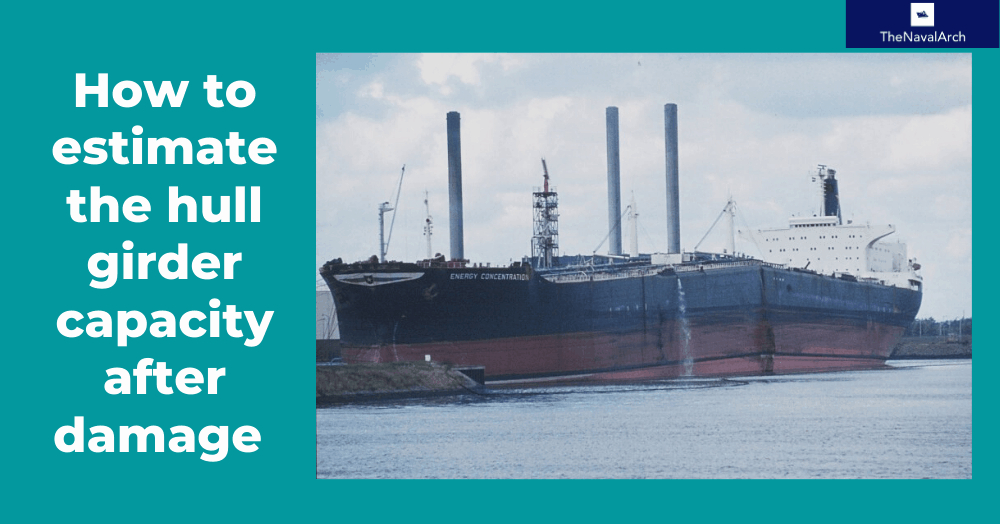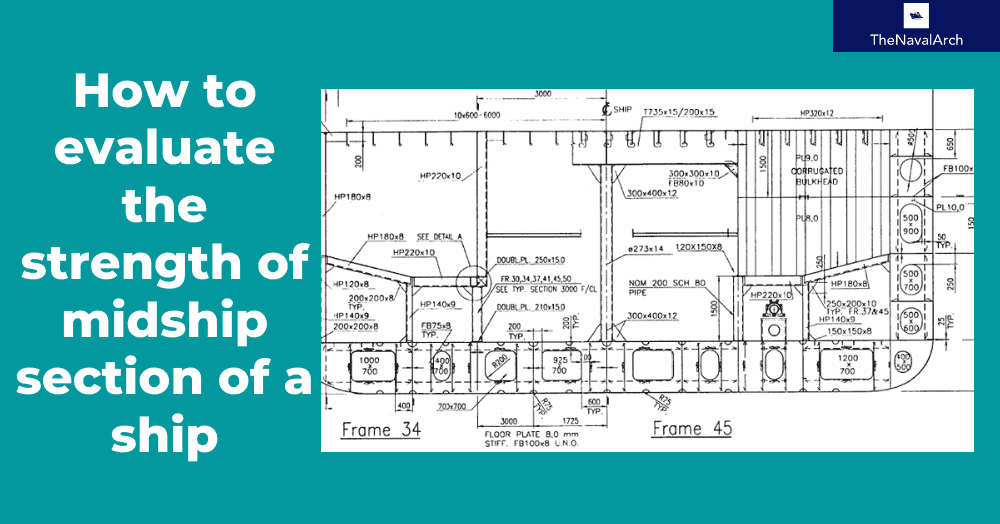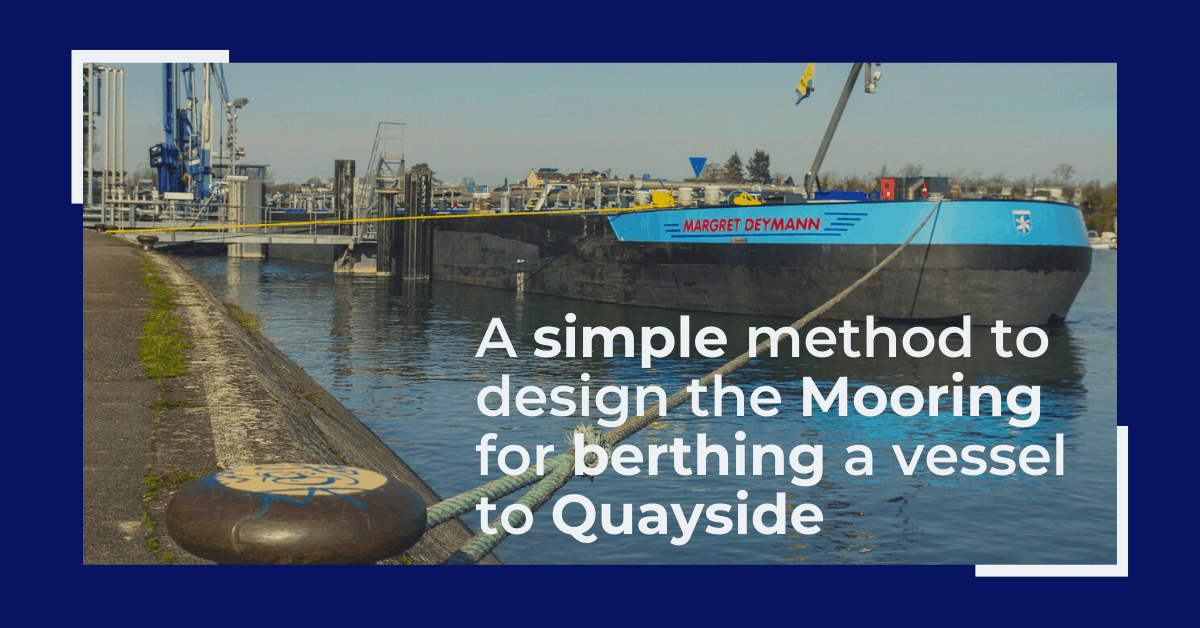
by Team TheNavalArch | Jun 30, 2020 | Marine Transportation, Ship Design and Construction, Ship Stability
Barges are the simplest, and yet most widely used of marine vehicles. They are used for a variety of purposes ranging from carrying cargo in bulk or liquid, to even carrying passengers for short inland cruises. Barges are mostly towed by another barge called a tug,...

by Team TheNavalArch | Jun 20, 2020 | Marine Operations, Salvage Operations
by Alessandro La Ferlita, Naval Architect Ultimate hull girder strength represents the maximum capacity, of the hull girder beyond the structure fails. In fact, if the vertical bending moment applied overcomes a certain maximum value, the ship can collapse (Figure 1)...

by Team TheNavalArch | Jun 16, 2020 | Ship Design and Construction, Ship Structural Engineering
The mid-ship section of a ship is a defining structural drawing of the vessel. It represents the most critical structural parameter of the vessel – its global strength. To assess how much of the bending moment (hog and sag) the vessel can tolerate, it is important to...

by Team TheNavalArch | Jun 8, 2020 | Resistance and Propulsion, Ship Design and Construction
How to use empirical formulas to estimate the resistance of a Ship Resistance estimation holds immense importance in the design stage of a vessel. Based on the results of the resistance estimation of a vessel, the selection of the right propulsion system is done....

by Team TheNavalArch | May 12, 2020 | Marine Operations, Mooring
A vessel at berth experiences much lower forces compared to a vessel in the open sea due to the milder environment, but it still requires a mooring configuration suited to the forces it experiences, and also suitable for the type of berthing configuration adopted. The...






